Planning a wilderness adventure is always an exciting prospect. It can stir up feelings of anticipation as well as anxiety, especially when it comes to the paramount issue of personal safety.
I understand those mixed emotions because I’ve had to wrestle with them myself. Research indicates that most people who are fond of outdoor activities often feel inadequately equipped for potential medical emergencies in the wild, so you’re certainly not alone in that regard.
However, there’s some good news here – this blog post has been crafted specifically to help alleviate these concerns by providing you with essential first aid knowledge and skills necessary for any excursion into remote areas.
So hang tight and join me on this enlightening journey we’ll call “First Aid in the Wild: 7 Ways to Win.”.
Key Takeaways
- “First Aid in the Wild: 7 Ways to Win” provides essential first aid knowledge and skills for wilderness adventures.
- Wilderness first aid basics include sizing up the scene, identifying life threats, conducting a focused exam, and creating a problem list.
- Understanding the differences between wilderness first aid and city first aid is crucial for effective response in remote locations.
- Before administering wilderness first aid, gather necessary supplies and have an emergency communication device on hand.
Wilderness First Aid Basics
In wilderness first aid, it is crucial to quickly assess the situation, identify any life-threatening conditions, conduct a focused examination, and create a problem list.
Size up the scene
In the wild, first aid starts with knowing your area well.
- Look around and find out what dangers can be there.
- Look for life – threatening conditions or injuries.
- Make sure you are safe from hazards like wild animals.
- Try to guess what may have caused the injury.
- Think about how to help without making things worse.
Identify life threats
I want to tell you about identifying life threats in the wild. Here are some key steps:
- Keep an eye out for danger signs: This includes odd behavior, swaying, or falling over.
- Look at skin color: Pale or bluish skin may mean there is not enough blood flow.
- Check breathing: Too fast, too slow, or not at all can be a big worry.
- Feel for a pulse: A weak or absent pulse is another bad sign.
- Notice pain levels: Severe and sudden pain can signal a major issue like internal injury.
- Think about how alert the person is: If they’re dazed, confused, or hard to wake up, it’s serious.
Focused exam
Let’s talk about the focused exam. This is a major part of the Wilderness First Aid Basics. It’s like a check-up that doctors do.
- First, you start with a head-to-toe check.
- Next, you monitor vital signs.
- Then, you need to learn about the patient history.
- Also important is keeping the “ABCDE” rule in mind.
- Airway: Make sure air can get in and out.
- Breathing: Look at how the person breathes.
- Circulation: Feel for a pulse to see if blood is moving well.
- Disability: Check if they can move and think right.
- Environment: Look around to see if it is safe.
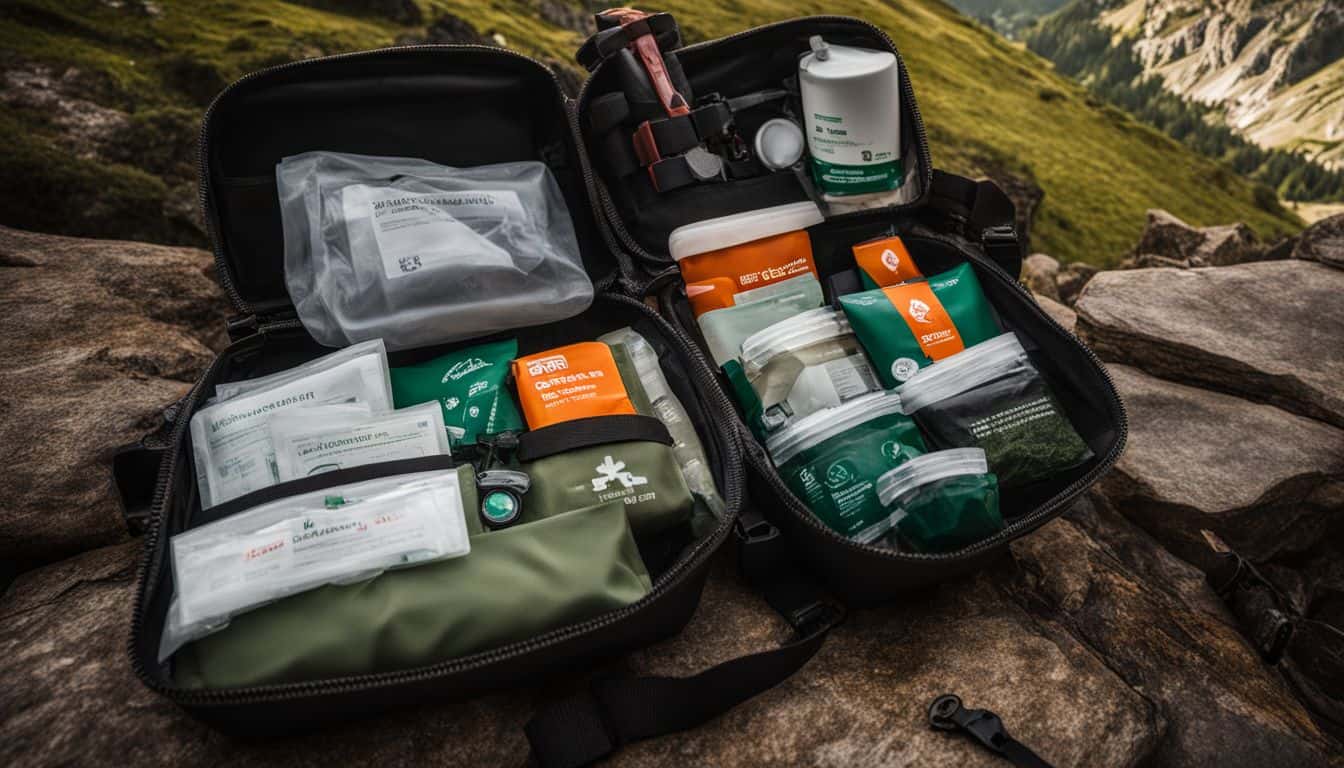
Problem list
Creating a problem list is an important step in wilderness first aid. It helps us identify and prioritize the issues that need to be addressed. Here are some common problems we may encounter in the wild:
- Cuts and wounds: We need to clean, disinfect, and dress any open wounds to prevent infection.
- Broken bones: If someone has a broken bone, we should immobilize the area with splints or slings.
- Sprains and strains: These injuries can be treated with rest, ice, compression, and elevation (R.I.C.E).
- Hypothermia: When someone’s body temperature drops too low, we need to warm them up gradually.
- Dehydration: It’s important to recognize the signs of dehydration and keep the patient hydrated.
- Allergic reactions: Some people may have severe allergic reactions to insects or plants in the wild. We should be prepared with antihistamines or epinephrine if necessary.
Wilderness First Aid vs. City First Aid
There are key differences between wilderness first aid and city first aid. From considering the unique challenges of remote locations to adapting techniques to outdoor environments, it’s important to understand how to provide effective medical response in the wild.
Read on to discover these differences and learn essential tips for wilderness first aid success.
What’s the difference?
When it comes to wilderness first aid versus city first aid, there are some important differences to consider. Wilderness first aid courses focus on treating injuries and promoting healing in the wilderness.
They teach you how to care for wounds, prevent infections, and handle medical emergencies that can happen during outdoor activities like hiking or backpacking. City first aid, on the other hand, is more geared towards urban environments where emergency medical services are readily available.
So if you enjoy spending time in nature and want to be prepared for any potential emergencies while outdoors, a wilderness first aid course is the way to go.
What to consider?
When it comes to wilderness first aid, there are a few important things to consider. Here are some key points for you to keep in mind:
- Different environment: The wilderness presents unique challenges compared to urban settings. Be prepared for limited access to medical facilities and resources.
- Remote location: Help may be far away, so it’s crucial to have the skills and supplies to handle emergencies on your own until help arrives.
- Nature’s unpredictability: Outdoor activities can expose you to elements like extreme weather, rough terrain, and wildlife encounters. Prepare for potential risks and plan accordingly.
- Self-reliance: In the wild, you are responsible for your own well-being and that of those around you. Take steps to prevent injuries and know how to treat common issues that may arise.
- Proper training: Seek out certified wilderness first aid courses or programs taught by professionals who specialize in outdoor emergency medicine. These courses provide valuable knowledge and hands-on experience.
- Gear and supplies: Pack essential first aid items tailored for outdoor use, such as bandages, antiseptics, medications specific to your needs, splints, and communication devices in case of emergencies.
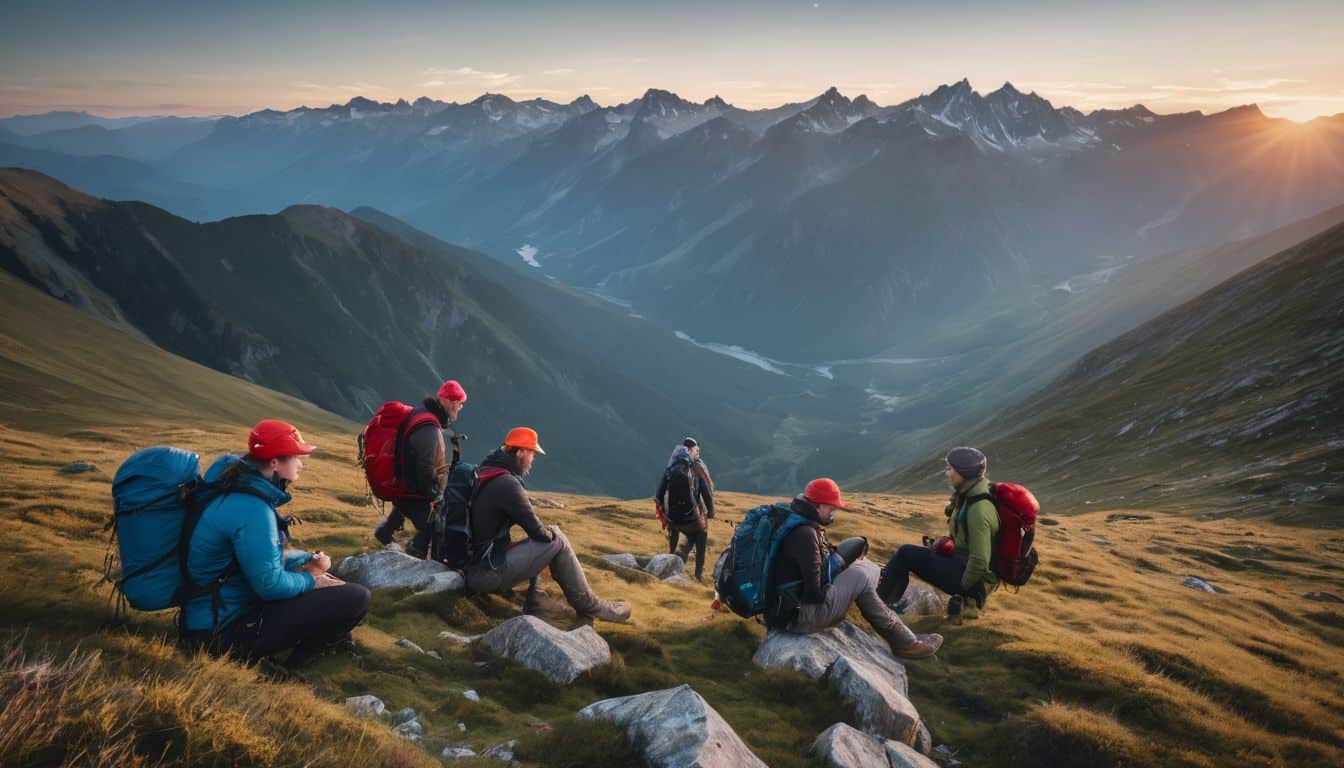
Essential Basics of First Aid in the Wild
In the wild, it’s important to have some essential basics of first aid knowledge. One key skill is knowing how to assess the scene and identify any life-threatening situations. It’s also important to do a focused exam on the patient and make a problem list of their injuries or symptoms.
Understanding the difference between wilderness first aid and city first aid is crucial too, as there are unique challenges in remote environments. Being prepared with supplies and communication devices is also a must for giving wilderness first aid.
Overall, having these basic skills will help you provide necessary medical care when you’re far away from professional help in the wild.
Preparing to Give Wilderness First Aid
Before administering wilderness first aid, it is crucial to gather the necessary supplies and have an emergency communication device on hand.
Gather supplies
As a survival enthusiast, it’s important to gather the right supplies for wilderness first aid. Here are some key items to include in your survival kit:
- Trauma shears: These scissors are essential for cutting through clothing and bandages in case of an emergency.
- Tweezers: Use tweezers to remove splinters, ticks, or other small objects from the skin.
- Safety pins: Safety pins can be used to secure bandages or makeshift slings.
- Wilderness medicine pocket guide: A compact reference book will provide valuable information on treating wilderness medical emergencies.
- Bandages: Include a variety of bandages in different sizes to cover cuts, scrapes, or blisters.
- Gauze pads: Use gauze pads to apply pressure on wounds and control bleeding.
- Antiseptic wipes: Wipes can be used for cleaning wounds and preventing infection.
- Adhesive tape: Secure bandages and dressings with adhesive tape that is durable and waterproof.
Emergency communication device
When you’re out in the wild, it’s important to be prepared for any emergencies that might come your way. One essential item to have is an emergency communication device. This device allows you to call for help if you need it, especially in remote areas where cell service may not be available.
Whether it’s a satellite phone or a personal locator beacon, having an emergency communication device can provide peace of mind and potentially save your life. It’s crucial to include this in your preparations when gathering supplies for wilderness first aid.
Don’t forget this vital piece of safety equipment on your next outdoor adventure!
Initial Patient Assessment
During the initial patient assessment, it is crucial to quickly assess the level of consciousness, check respiration and pulse, address any external bleeding, and examine skin and facial lacerations.
Assess level of consciousness
Assessing a person’s level of consciousness is an important part of wilderness first aid. It helps responders understand how alert and aware the person is, as well as their mental state.
By assessing consciousness, we can determine if there are any neurological issues or changes that need immediate attention. We use tools like the AVPU scale and the Glasgow Coma Scale to assess a patient’s level of consciousness and brain function.
This assessment is done during the initial patient evaluation, along with checking their breathing and circulation. Being able to quickly assess someone’s level of consciousness can help us provide timely and appropriate care in emergency situations.
Respiration and pulse
When it comes to assessing a person’s health in the wilderness, checking their respiration and pulse is crucial. If someone isn’t breathing or doesn’t have a pulse, it could be a sign of cardiac arrest, which is very serious.
In these cases, CPR (cardiopulmonary resuscitation) should be started immediately. This involves rescue breathing and chest compressions to help restore normal heart function. It’s important to continue monitoring the person’s breathing and pulse until medical help arrives.
Breathing difficulties can also indicate a medical emergency. If someone is having trouble breathing, it’s essential to assess their respiration rate and quality. Monitoring their pulse can provide further insight into their overall condition.
By keeping an eye on both respiration and pulse, you’ll have a better understanding of the person’s health status in the wilderness.
Remember that this information is just part of an initial assessment in wilderness first aid situations. The complete process includes scanning for major bleeding, checking the airway, assessing circulation, as well as identifying any disabilities or injuries present.
By following proper protocols and guidelines for initial patient assessment during emergencies in remote locations, you’ll be better prepared to handle potential life-threatening situations when professional medical help may not be readily available.
External bleeding
When someone is injured in the wild, they may experience external bleeding. This can happen from traumatic injuries like cuts or wounds. The immediate action to take is applying direct pressure to the wound.
Using pads and bandages, maintain pressure on the wound to control the bleeding. If possible, elevate the wounded area as it can help reduce blood flow and further aid in controlling bleeding.
Even minor bleeding from small cuts and grazes can be managed using first aid techniques. Remember, quick responses are important for managing external bleeding in wilderness situations.
Skin and facial lacerations
When someone in the wild sustains skin and facial lacerations, it’s important to take immediate action. As part of wilderness first aid, I understand the importance of properly assessing and treating these injuries.
Upon encountering a patient with skin or facial lacerations, my initial management procedures involve cleaning the wound thoroughly to prevent infection. I then assess the severity of the injury and apply appropriate bandaging techniques to control bleeding and support healing.
Understanding different types of injuries allows me to provide effective care tailored to each situation.
Secondary Patient Assessment
After the initial assessment, it’s time to dig deeper and evaluate any other symptoms or injuries. From abdominal pain to a head-to-toe check, this step ensures you don’t miss anything crucial.
Read on to learn more about how to conduct a thorough secondary patient assessment in the wild.
Abdominal pain and other symptoms
Abdominal pain is a common symptom that can have many causes in the wild. It could be due to an injury, like a muscle strain or an abdominal gunshot wound. Other symptoms you should watch out for include pelvic pain, vaginal discharge, inflammation, gastrointestinal bleeding, nausea, diarrhea, urinary tract infection, constipation, gynecological issues, and digestive disorders.
If you notice any of these symptoms while providing wilderness first aid to someone with abdominal pain, it’s important to assess their overall condition. Check their airway and breathing first.
Look for signs of bleeding from the anus or genitals if they’ve been injured. Pay attention to any blood-stained vomit or urine as well as breathing noises.
Head to toe check
When providing first aid in the wilderness, it is important to conduct a thorough head-to-toe check on the patient. This examination allows you to identify any injuries or medical issues that may require immediate attention. Here are the steps involved in a head-to-toe check:
- Start by checking for any known injuries or obvious signs of trauma.
- Move systematically down the body, examining each area for any abnormalities or signs of injury.
- Assess the patient’s head and face, looking for any cuts, bruises, or deformities.
- Check their neck for pain, stiffness, or swelling.
- Move on to their shoulders and arms, feeling for any breaks or dislocations.
- Examine their chest and abdomen, checking for pain, tenderness, or abnormal breathing sounds.
- Assess their back and spine carefully to rule out any spinal injuries.
- Check their pelvis and hips for fractures or instability.
- Evaluate their legs and feet, looking for swelling, deformities, or open wounds.
- Finally, assess the patient’s overall mental status by evaluating their level of consciousness and responsiveness.
Environment check
When providing first aid in the wild, conducting an environment check is crucial for ensuring the safety of both the casualty and the rescuer. Here are some important things to consider during an environment check:
- Assess the surroundings for any potential hazards or dangers.
- Look for sharp objects, uneven terrain, or slippery surfaces that could cause further injury.
- Check for any wildlife or insects that may pose a threat.
- Take note of weather conditions, such as extreme temperatures or approaching storms.
- Determine if there is enough space to safely administer first aid without obstruction.
- Look for nearby sources of clean water and shelter in case it is needed.
Treatment Plan
Assess the level of care needed and make the decision to either stay or move based on the patient’s condition and available resources.
Determine the level of care
To determine the level of care needed in a wilderness first aid situation, I consider several factors. First, I assess the severity of the injury or illness. Is it life-threatening or can it be managed with basic first aid techniques? Next, I evaluate the resources available.
Are there emergency medical services nearby or do I need to rely on my own knowledge and supplies? Additionally, I take into account the patient’s overall condition and any special considerations such as age or pre-existing medical conditions.
By carefully considering these factors, I can make an informed decision about how to best provide care in a wilderness setting.
Make a decision to stay or move
When it comes to wilderness first aid, one crucial aspect is making a decision whether to stay or move. This decision is an essential part of the treatment plan. It involves assessing the severity of the situation and considering factors like available resources, safety concerns, and the patient’s condition.
Sometimes, staying in one place may be necessary for providing immediate care or waiting for help to arrive. Other times, moving to a safer location or seeking medical assistance may be the best course of action.
Evaluating these options and choosing wisely can significantly impact the outcome of a wilderness emergency.
Wilderness First Aid Tips
Maintain proper hygiene by using cleaning supplies and bandages to prevent infection in the wild. Administer medication as directed, and make sure you know how to properly splint injuries for effective immobilization.
Hygiene, cleaning supplies, bandages
When it comes to wilderness first aid, it’s important to have proper hygiene, cleaning supplies, and bandages. Here are some essential items to include in your first aid kit:
- Sterile dressings: These are important for covering wounds and preventing infection.
- Disinfectants: Wipes, creams, or hydrogen peroxide can help clean wounds and prevent bacteria growth.
- Adhesive bandages: These are useful for protecting minor cuts and scrapes.
- Sterile gauze: Gauze pads or rolls can be used to dress larger wounds or apply pressure to stop bleeding.
- Antiseptic solution: Having an antiseptic solution handy can help clean wounds thoroughly.
- Medical tape: This is useful for securing dressings and bandages in place.
- Sterile wipes: These can be used for cleaning hands and surfaces before treating wounds.
- Wound healing products: Triple antibiotic ointment can promote healing and prevent infection.
Administering medication
Administering medication is a crucial part of wilderness first aid. When someone becomes injured or sick in the wild, it may be necessary to give them medicine to help relieve symptoms or treat their condition.
It’s important to have the proper training and knowledge before attempting to administer medication in the wilderness. Taking a wilderness medicine course can provide valuable skills and guidance on how to safely give medication in remote areas.
Additionally, there are wilderness first aid manuals available that provide step-by-step explanations and treatment guidelines for administering various types of medications. By being prepared and knowledgeable about administering medication, you can help ensure the best possible care for yourself or others in an outdoor emergency situation.
Proper splinting
When it comes to wilderness first aid, knowing how to properly splint injuries and fractures is essential. A good splint should provide support and stability while also looking and feeling good for the patient.
In the wild, you can use sticks, bedrolls, pack frames, or walking poles as makeshift splints. It’s important to immobilize the joints above and below the fracture when building a splint.
Before and after applying the splint, make sure to check for proper circulation, sensation, and mobility in the injured area. Proper splinting is a fundamental skill in wilderness medicine that can help prevent further harm and promote healing.
Shop for First Aid Supplies
When shopping for first aid supplies, make sure to stock up on essential items such as bandages, cleaning supplies, and medication. Additionally, consider reading related articles to further expand your knowledge on wilderness first aid.
Essential supplies
When it comes to wilderness first aid, having the right supplies is crucial. As a survival enthusiast, here are some essential supplies you should have in your first aid kit:
- Trauma shears: These sturdy scissors can cut through clothing and bandages, allowing you to quickly access and treat wounds.
- Tweezers: Useful for removing splinters, ticks, or other small objects from the skin.
- Safety pins: Handy for securing bandages or creating makeshift slings.
- NOLS Wilderness Medicine Pocket Guide: This comprehensive guide provides essential information on how to handle common medical emergencies in the wild.
- Oral thermometer: Keep track of body temperature to monitor for signs of fever or hypothermia.
- Rescue mask: Used when performing rescue breathing, this device helps protect both you and the patient from potential infections.
- 2nd skin: This adhesive gel dressing can provide relief for blisters, burns, and other skin irritations common during outdoor adventures.
Related Articles
If you’re interested in wilderness first aid, you may also find these related articles useful. One article discusses the essential supplies needed for a first aid kit, including specialized medicine and items like trauma shears and tweezers.
Another article provides tips on how to build your own first aid kit, with step-by-step instructions and expert advice. Additionally, there’s an article that focuses specifically on hikers and bushwalkers, discussing the essential items they should carry in their first aid kits and offering tips on packing and carrying them.
So if you want to be prepared for any emergencies in the wild, be sure to check out these related articles!
Conclusion on First Aid In The Wild
In conclusion, mastering wilderness first aid is essential for outdoor enthusiasts. By following the seven ways to win discussed in this article – from sizing up the scene to creating a treatment plan – you can be better prepared to handle emergencies in remote areas.
Remember, proper training and being equipped with the right supplies are key to ensuring your safety and the well-being of others in the wild.
FAQs on First Aid In The Wild
1. What are the essential items I should carry for wilderness first aid?
Some essential items to carry for wilderness first aid include a first aid kit, warm and waterproof clothing, emergency shelter, navigation tools (map and compass), and a communication device.
2. How do I treat minor cuts or scrapes while in the wild?
To treat minor cuts or scrapes in the wild, clean the wound with water if available, apply an antiseptic ointment, cover it with a sterile bandage or dressing if possible, and monitor for signs of infection.
3. What should I do if someone gets bitten by a snake during outdoor activities?
If someone gets bitten by a snake during outdoor activities, keep them calm and still to slow down the spread of venom. Immediately call for medical help or arrange evacuation. Do not use tourniquets or try to suck out the venom.
4. How can I prevent hypothermia when stuck in cold weather without proper gear?
To prevent hypothermia when stuck in cold weather without proper gear, seek shelter from wind and rain, insulate yourself from the ground using leaves or branches if possible, dress in layers using whatever clothing is available to trap body heat, stay hydrated and nourished.
5. Are there any natural remedies that can be used as first aid in the wild?
While natural remedies may provide temporary relief for certain ailments outdoors (e.g., soothing nettle stings with crushed plantain leaves), it’s important to prioritize conventional first aid practices such as cleaning wounds thoroughly and seeking professional medical care whenever possible.

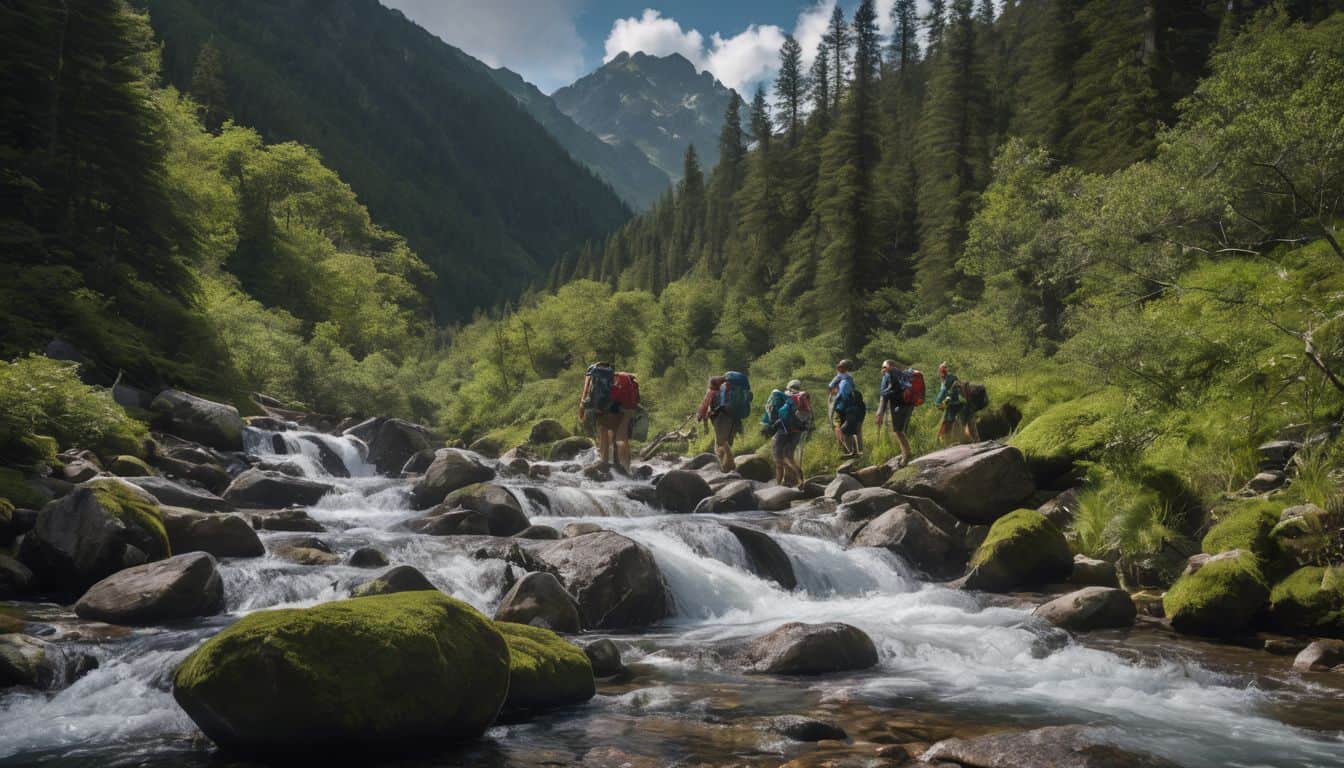

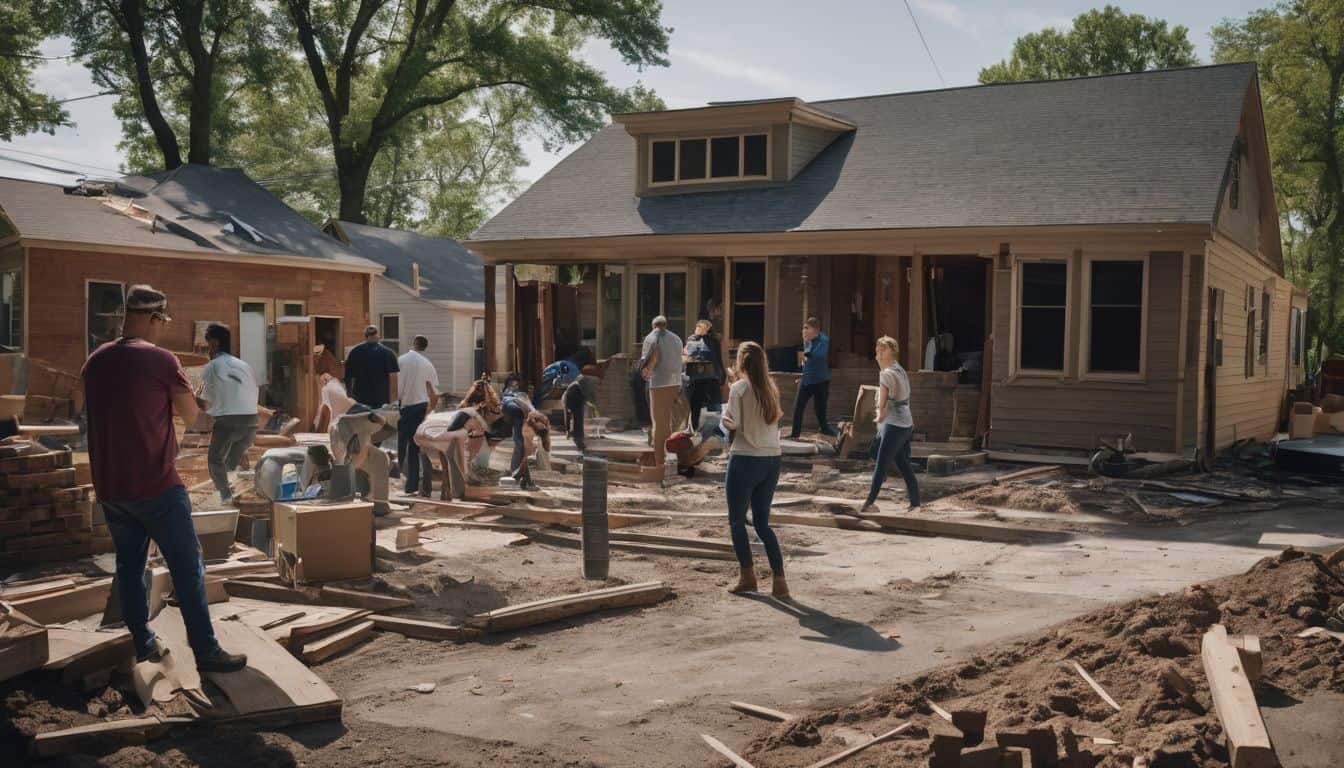
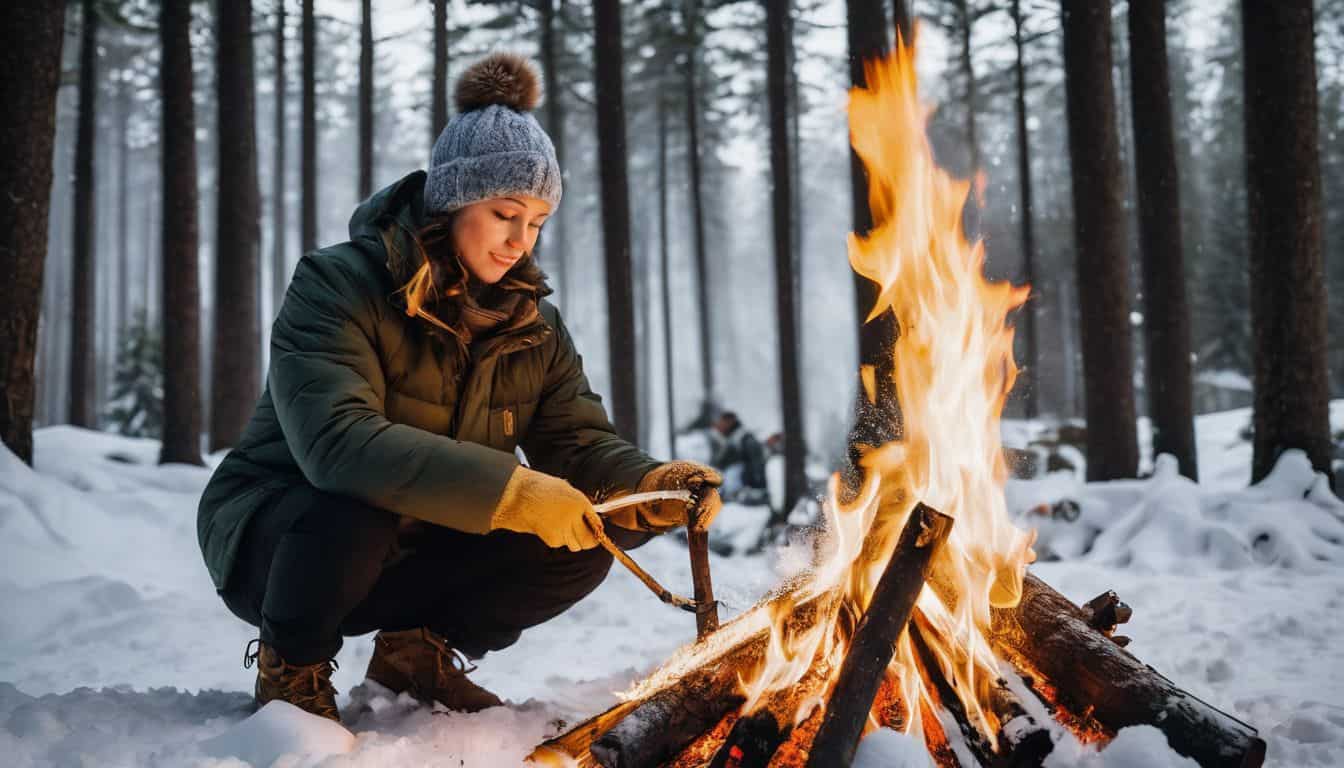
Leave a Reply